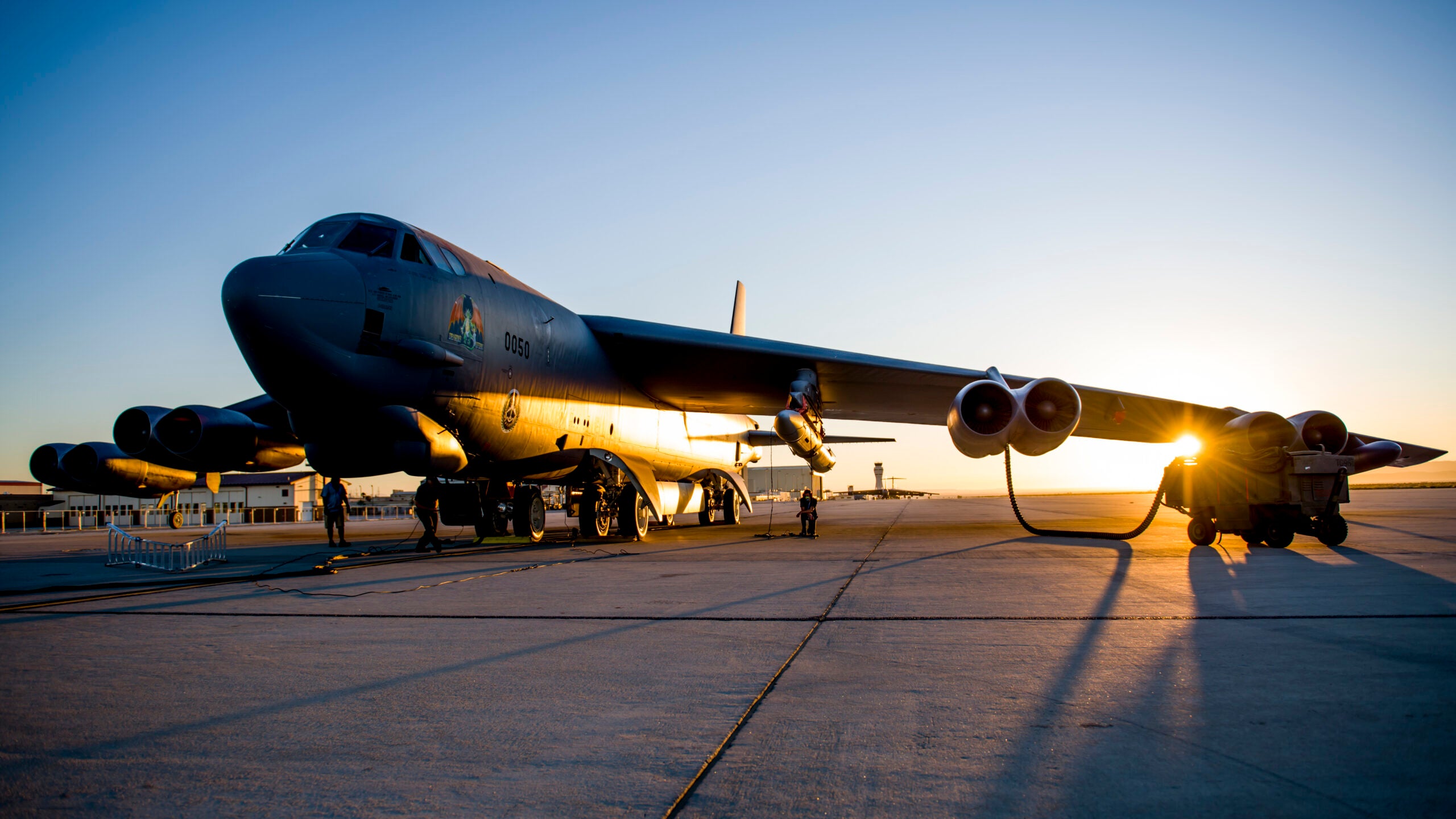
The US Department of Defense (DoD) has selected the University of Notre Dame (ND) and Texas A&M University (TAMU) for applied hypersonic research.
The two universities have received $500,000 each for a one-year research work.
The research is being conducted under the DoD’s University Consortium for Applied Hypersonics (UCAH), which is funded by the Joint Hypersonic Transition Office (JHTO).
A five-year $100m consortium, UCAH allows affiliated universities to work in collaboration with industry, government, laboratories, research and development centres to support the development of hypersonic technology.
The research undertaken by ND includes additive manufacturing techniques, which will be used to build a control array module for the hypersonic vehicle designs.
ND will conduct the research in collaboration with University of Arizona (UoAZ), TAMU and General Electric (GE) Global Research.

US Tariffs are shifting - will you react or anticipate?
Don’t let policy changes catch you off guard. Stay proactive with real-time data and expert analysis.
By GlobalDataUnder the award, ND will design, fabricate and bench test array module and TAMU will conduct crossflow stability analysis.
In addition, UoAZ will conduct Direct Numerical Simulations (DNS) and GE Global Research and ND will carry out machine learning surrogate model development.
The flow field experiments will be performed in the Mach 6 Ludwieg Tube Facility at the US Air Force (USAF) Academy and development of Fiber Bragg Grating temperature sensing array at optoXense headquarters in California.
Meanwhile, TAMU’s research will focus on the development of analytical and experimental procedures.
This research aims to understand and forecast the impact of near-space and high-altitude atmospheric weather conditions on current and future hypersonic flight system designs.
It will involve joint efforts of Lockheed Martian, National Institute of Aviation Research (NIAR), Wichita State University, University of Texas at El Paso (UTEP) and Prairie View A&M University.



